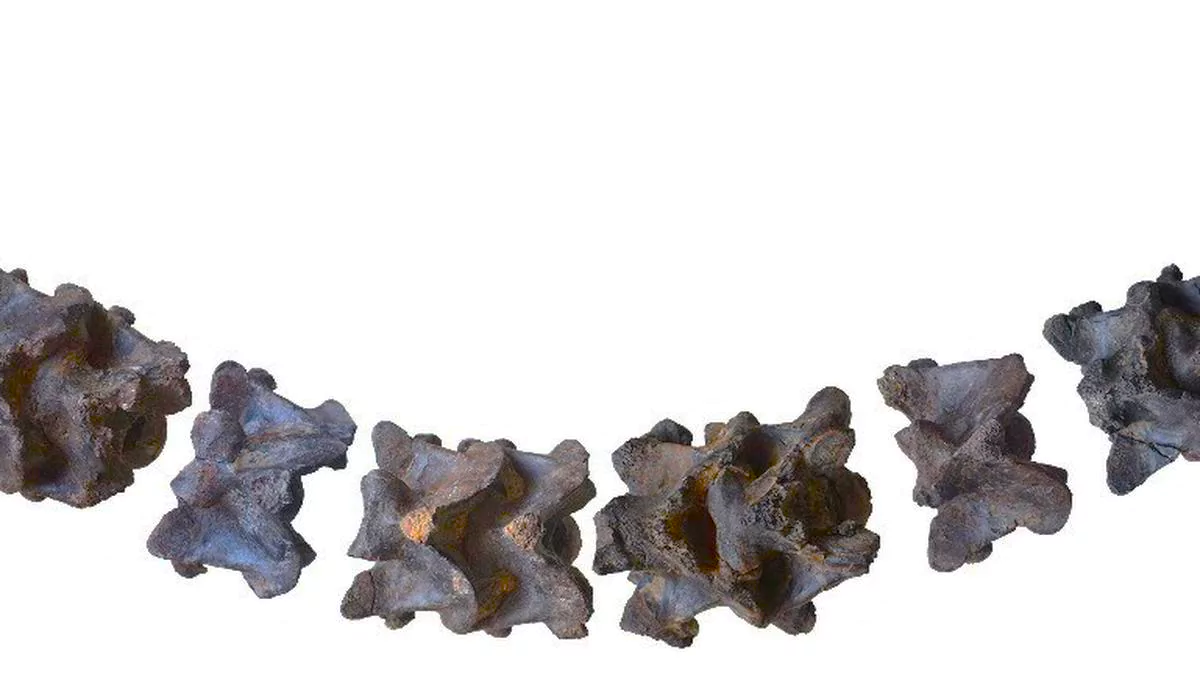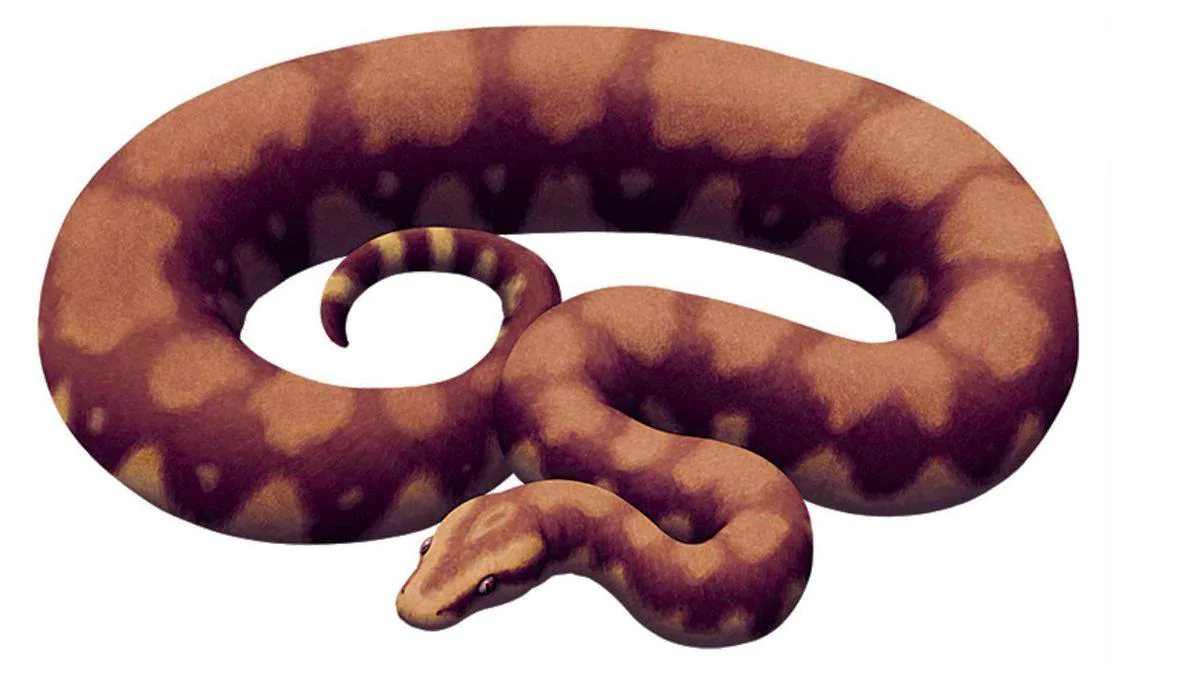Context
Recently, fossils were discovered of one of the largest snakes that ever existed in Kutch, Gujarat by IIT Roorkee researchers.
Snake Fossil Found In Gujarat – IIT Roorkee Study

- Named: Vasuki Indicus
- The fossilized Remains: A 27 pieces of a “partial, well preserved” vertebral column were found in Gujarat’s Panandhro Lignite Mine in Kutch.
- Published in: The discovery was published in the peer-reviewed journal, Nature Scientific Reports.
- Size: The reptile could have been anywhere between 10 metres and 15 metres long, or as big as a modern-day school bus.
- Currently, The green anaconda are among the largest snake species, with females growing more than seven metres long.
- Period: The snake likely lived 47 million years ago during a period called the Middle Eocene.
- The reptile existed at a time when Africa, India and South America were one, conjoined landmass.
Enroll now for UPSC Online Course
- Family: It belonged to the now-extinct Madtsoiidae snake family and represents a unique lineage from India
- Madtsoiidae Family: They are Gondwanan terrestrial snakes that lived between the Upper Cretaceous (100.5 million to 66 million years ago) and the Late Pleistocene (0.126 million years ago to 0.012 million years ago).
 Feature:
Feature:
- Built: Vasuki Indicus was likely as big as Titanoboa ( The longest snake ever recorded) and has a broad and cylindrical body, hinting at a robust and powerful build.
- Prey: Vasuki Indicus killed its prey by ambushing and suffocation like the present-day pythons and anaconda.
- Temperature: Vasuki Indicus favours Warm Tropical temperatures at roughly 28 °C
- Origin: It represents a lineage of large madtsoiids that likely originated in the Indian subcontinent before subsequently moving to Africa through southern Eurasia during the Eocene.
- Significance of the discovery:
- Understanding of Snake Origins and Evolution: It has important implications for madtsoiid biogeography in the context of Gondwanan inter-continental dispersal and the evolution of large body sizes possibly driven by high temperatures in the Middle Eocene tropical zones.
- Cultural: The name has cultural resemblance as Vasuki refers to the mythical snake often depicted around the neck of the Hindu god Shiva.
- Insight into the Geological and environmental conditions: The presence of Vasuki Indicus (aquatic Predator) indicates the climate and ecological condition of the time ie. once a lush, swampy region.
- Renewed Focus on Fossils preservation and Research: It underscores the importance of preserving our natural history and highlights the role of research in unveiling the mysteries of our past.
Also Read: New Silverline Butterfly Species Discovered In Western Ghats
![]() 20 Apr 2024
20 Apr 2024

 Feature:
Feature:
